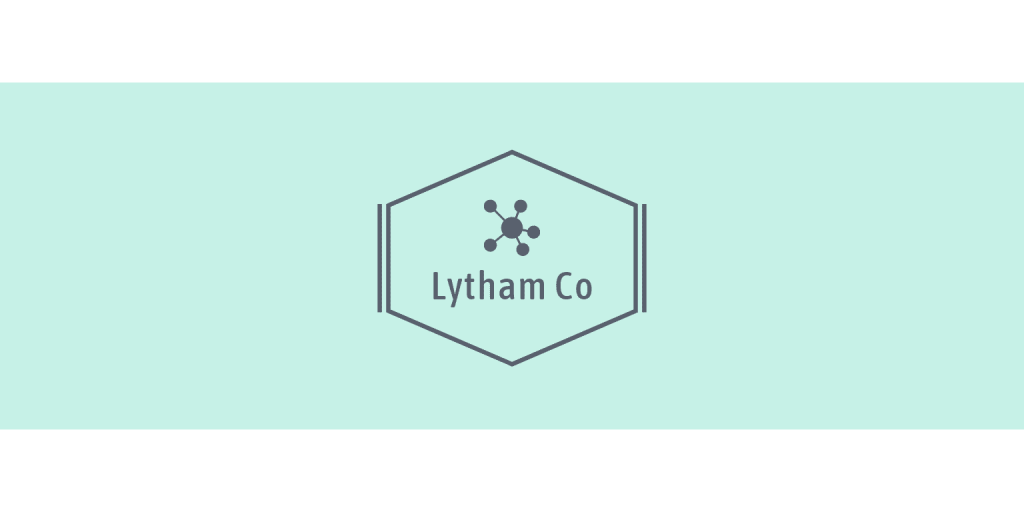Interior house painting is a transformative process that can breathe new life into your living spaces. Whether you’re looking to refresh a tired room or completely overhaul your home’s interior, a fresh coat of paint can make a world of difference. In this article, we’ll explore the ins and outs of Interior House Painting, from choosing the perfect colors to mastering painting techniques that will leave your home looking beautiful and inviting.
Choosing the Right Colors: The first step in any interior painting project is selecting the perfect colors to suit your space and personal style. Consider factors such as the size and layout of the room, the amount of natural light it receives, and the mood or atmosphere you want to create. Warm, neutral tones like beige or taupe can create a cozy and inviting feel, while bold colors like navy blue or emerald green can add drama and personality to a space.
Preparing the Space: Proper preparation is crucial for achieving professional-looking results with interior house painting. Start by clearing the room of furniture and other belongings, and protect floors and trim with drop cloths or painter’s tape. Next, inspect the walls for any cracks, holes, or imperfections, and patch them with spackling compound or filler. Finally, sand the walls lightly to smooth out any rough patches and ensure proper adhesion of the paint.
Selecting the Right Paint and Tools: Choosing high-quality paint and tools is essential for achieving a flawless finish with interior house painting. Opt for premium-quality paint with a durable finish and low VOC volatile organic compound content to minimize odors and harmful emissions. Invest in high-quality brushes, rollers, and other painting tools to ensure even coverage and smooth application. Consider factors such as the type of paint e.g., latex or oil-based and the desired finish e.g., matte, eggshell, satin when selecting materials for your project.
Mastering Painting Techniques: Mastering painting techniques is key to achieving professional-looking results with interior house painting. Start by cutting in painting along edges and corners with a high-quality brush, and then use a roller to apply paint to larger areas. Work in small sections and use long, even strokes to ensure even coverage and minimize streaks or roller marks. Be sure to overlap each stroke slightly to blend the paint seamlessly.
Adding Finishing Touches: Once the paint has dried, adding finishing touches can help complete the look of your newly painted space. Consider painting trim, baseboards, and doors in a complementary color to add depth and visual interest to the room. You can also experiment with decorative techniques like stenciling, stripes, or faux finishes to add texture and personality to your walls.
Cleaning Up: Proper clean-up is essential for maintaining the longevity of your paint job and prolonging the life of your painting tools. Clean brushes, rollers, and other tools thoroughly with soap and water or paint thinner, depending on the type of paint used. Remove painter’s tape carefully to avoid damaging freshly painted surfaces, and touch up any areas that may require additional attention.
In conclusion, interior house painting is a rewarding and creative process that can completely transform the look and feel of your home. By following these tips and techniques, you can achieve professional-looking results and create a space that reflects your personal style and aesthetic preferences. Whether you’re tackling a small room or painting your entire home, proper preparation, technique, and attention to detail are key to a successful interior painting project.
